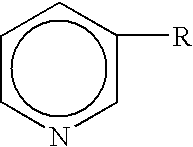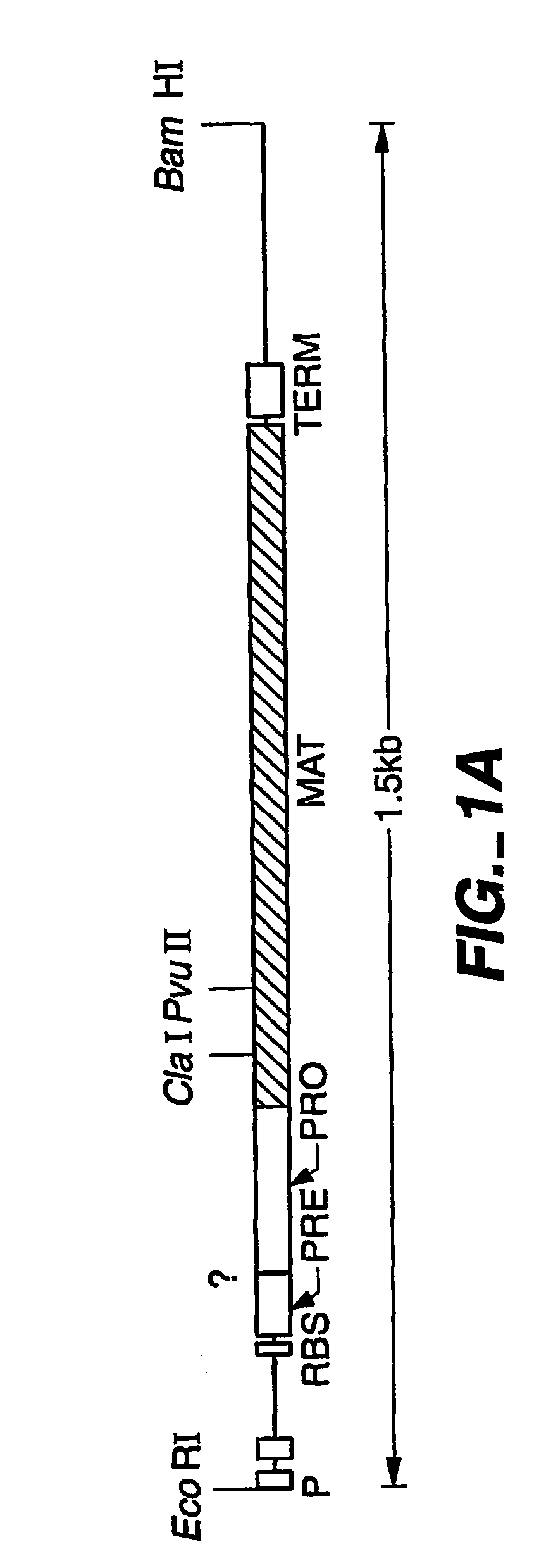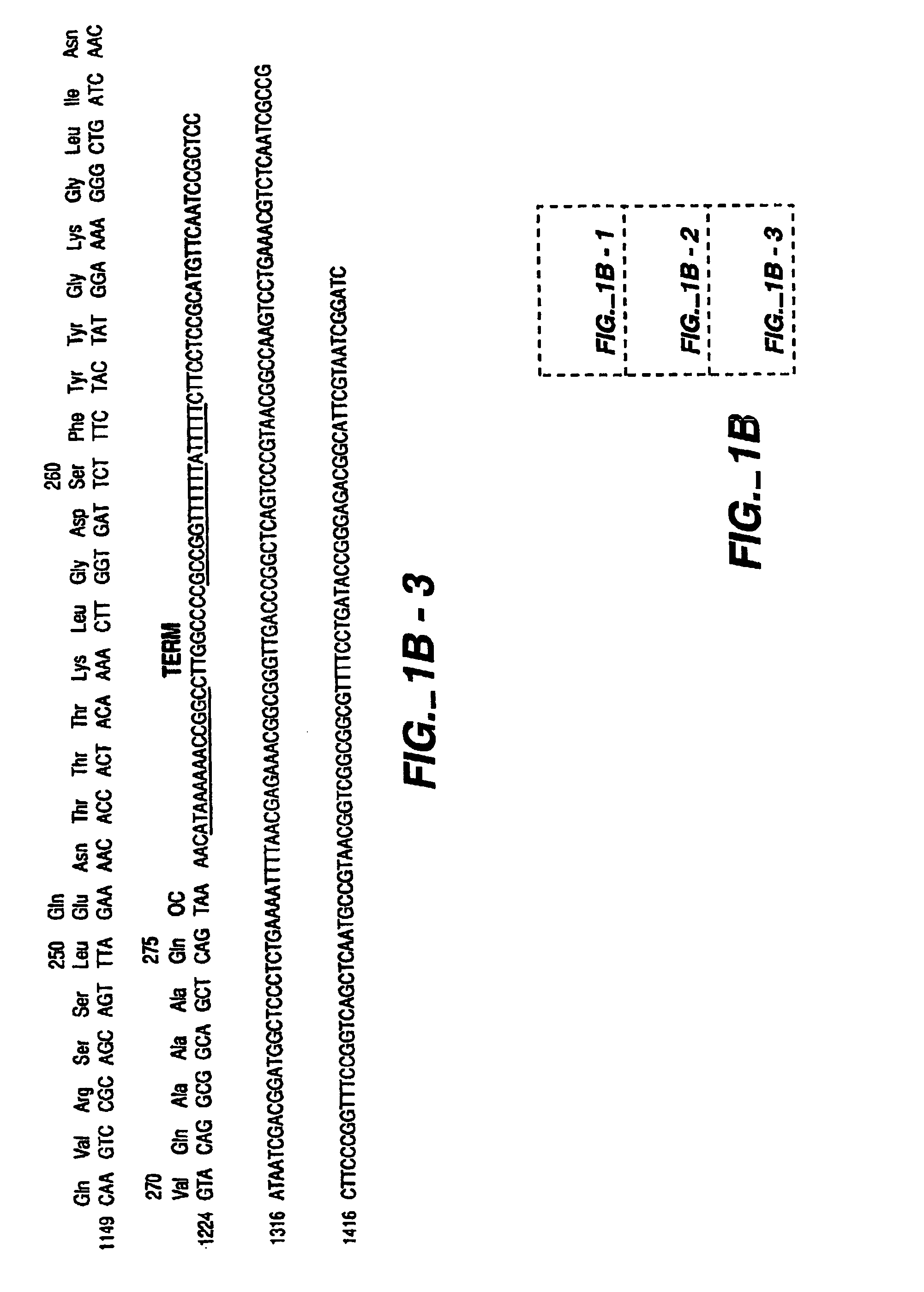Protease producing an altered immunogenic response and methods of making and using the same
a technology of immunogenic response and protease, which is applied in the field of new protein variants, can solve the problems of large-scale allergic reactions to these proteins, difficult to reduce the allergenicity of proteases themselves, and difficult to identify peptides, so as to prevent the production of ig antibodies, facilitate the identification of peptides, and improve the degree of safety
- Summary
- Abstract
- Description
- Claims
- Application Information
AI Technical Summary
Benefits of technology
Problems solved by technology
Method used
Image
Examples
example 1
Assay for the Identification of Peptide T-Cell Epitopes Using Naïve Human T-Cells
[0199] Fresh human peripheral blood cells were collected from “naïve humans” (i.e., persons not known to be exposed to or sensitized to B. lentus protease), for determination of antigenic epitopes in protease from B. lentus and human subtilisin. “Naïve humans” are intended to mean that the individuals are not known to have been exposed to or developed a reaction to protease in the past. Peripheral mononuclear blood cells (stored at room temperature, no older than 24 hours) were prepared for use as follows: Approximately 30 mls of a solution of buffy coat preparation from one unit of whole blood was brought to 50 ml with Dulbecco's phosphate buffered solution (DPBS) and split into two tubes. The samples were underlaid with 12.5 ml of room temperature lymphoprep density separation media (Nycomed density 1.077 g / ml). The tubes were centrifuged for thirty minutes at 600×g. The interface of the two phases w...
example 2
Testing for Reduced Allergenicity in Protease Variants by Whole Enzyme / Human Cell In Vitro Proliferation Assay
[0212] This assay is useful to test in vitro proliferative responses by human peripheral blood mononuclear cells (PBMC) to a peptide of interest (P1) and its variants. In some embodiments, P1 and the enzyme variants are inactivated by treatment with phenyl methyl sulfonyl fluoride (“PMSF”). Human PBMC are cultured with increasing doses of inactivated P1. The variants are tested in this manner to determine the PBMC proliferative response to the variants.
[0213] Proliferation in response to P1 indicates that the whole molecule has been processed and presented to B-cells by the antigen-presenting cells in the PBMC population. A lack of proliferation to the variants could indicate where amino acid modifications have successfully inhibited the processing, presentation and / or B-cell recognition of the P1 epitopes.
[0214] Human buffy coat samples are obtained from community source...
example 3
Determination of Specific Altered Allergenicity Residue Within an Epitope
[0219] Peptide variants based on the different epitopic sequences of P1, for example at amino acid positions 25-39, a first epitope region, 88-102, a second epitope region, 154-168, a third epitope region, 160-174, a fourth epitope region, 163-177, a fifth epitope region and / or 181-195, a sixth epitope region, corresponding to BPN′ are tested as described above, using samples obtained from 20 community donor blood samples. A set of peptides is constructed (e.g., using any suitable commercial vendor). For each of the peptide variants, three amino acid offset 15-mers can be constructed to cover the entire region of the proposed change. This is done to ensure that a new T cell epitopes in another 3-mer “reading frame” when the variant is incorporated into a low allergenic protease. The parent peptides in the set can be analyzed by mass to ascertain the percentage amount of intact 15-mer.
[0220] The peptide sequen...
PUM
| Property | Measurement | Unit |
|---|---|---|
| Fraction | aaaaa | aaaaa |
| Fraction | aaaaa | aaaaa |
| Fraction | aaaaa | aaaaa |
Abstract
Description
Claims
Application Information
 Login to View More
Login to View More - R&D
- Intellectual Property
- Life Sciences
- Materials
- Tech Scout
- Unparalleled Data Quality
- Higher Quality Content
- 60% Fewer Hallucinations
Browse by: Latest US Patents, China's latest patents, Technical Efficacy Thesaurus, Application Domain, Technology Topic, Popular Technical Reports.
© 2025 PatSnap. All rights reserved.Legal|Privacy policy|Modern Slavery Act Transparency Statement|Sitemap|About US| Contact US: help@patsnap.com



